Top Things to Know Before Buying an Automatic Watering System for Indoor Plants
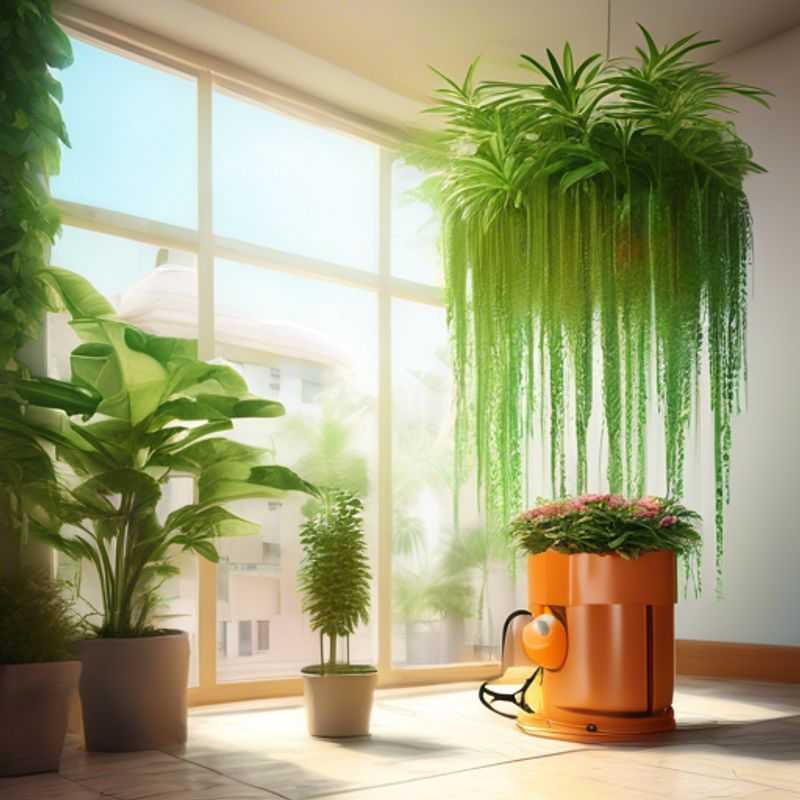
Top Things to Know Before Buying an Automatic Watering System for Indoor Plants: Size, Type, Power, Schedule, Compatibility, Features, and Maintenance
Hey plant lovers! Ready to take your indoor gardening game to the next level?
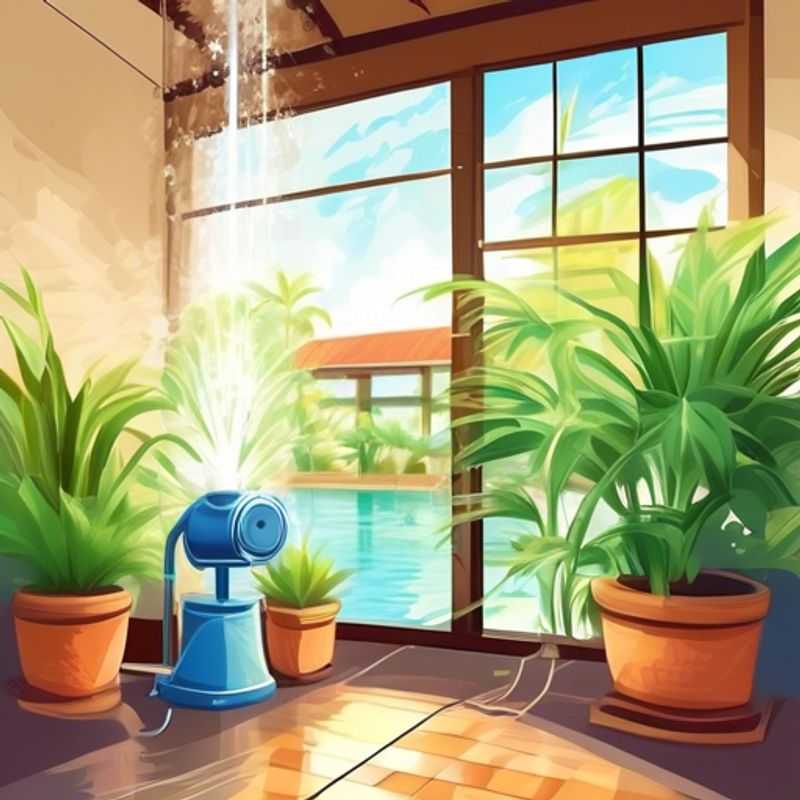
Potting Up: Sizing Your Indoor Plants and Their Thirst
Knowing the size of your indoor plants is important for determining their water needs. Larger plants need more water than smaller plants, but the type of plant also plays a role.
Generally, plants with larger leaves need more water than plants with smaller leaves. Succulents and cacti, known for their water-storing abilities, need less frequent watering than leafy green plants.
To assess your plant's water needs, check the soil. When the top inch of soil feels dry, it's time to water your plant. Avoid overwatering, as it can lead to root rot. You can also check the leaves for signs of dehydration, such as wilting or drooping.
Consider factors like temperature, humidity, and light exposure, as they can influence your plant's water needs. Experiment with watering frequencies to find what works best for your plant, ensuring you're providing the right amount of hydration for its specific needs.
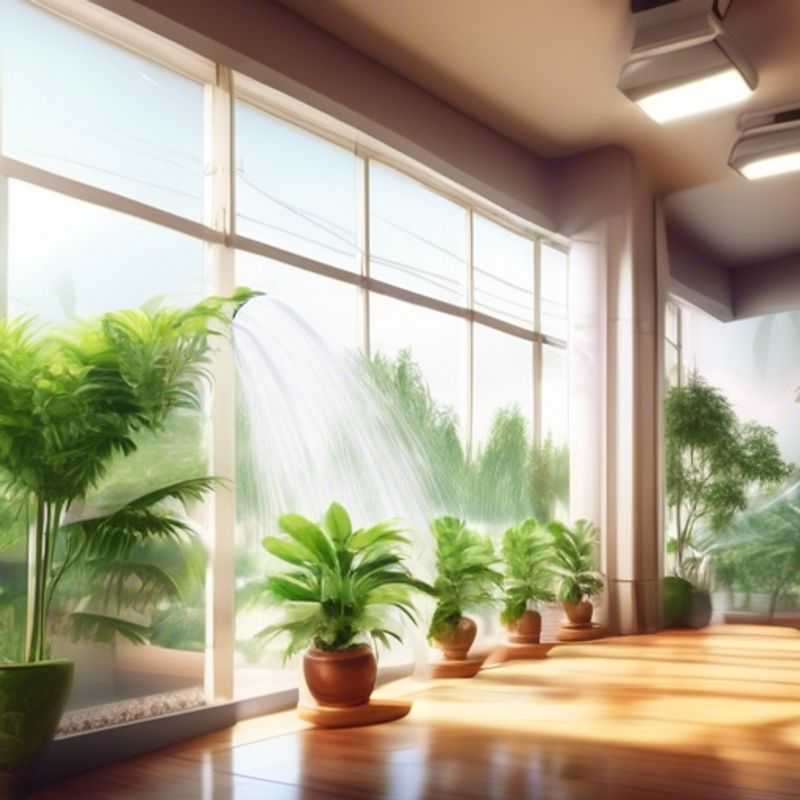
Watering Made Easy: A Guide to Automatic Watering Systems
An automatic watering system can save you time and water your plants more efficiently. Here are the most common types:
1. Timer-based Systems: These are the simplest and most affordable. They use a timer to control the flow of water to your plants at set intervals.
2. Sensor-based Systems: These systems use sensors to measure soil moisture levels and only water when needed. They can be more expensive but are very efficient. Soil moisture sensors and rain sensors are commonly used.
3. Smart Watering Systems: These systems are connected to the internet and can be controlled remotely. They use data from sensors and weather forecasts to determine watering schedules. Some smart systems even offer app integration for easy control and monitoring.
When researching automatic watering systems, consider your budget, plant needs, and desired level of automation. Make sure to research and compare prices, features, and installation costs. Some systems may require professional installation, while others can be DIY friendly.
Costs to Consider:
- System purchase price
- Installation cost (if not DIY)
- Maintenance costs (e.g., replacement parts, repairs)
Don't forget to factor in the cost of water itself and the potential savings you'll realize by using an automatic system.
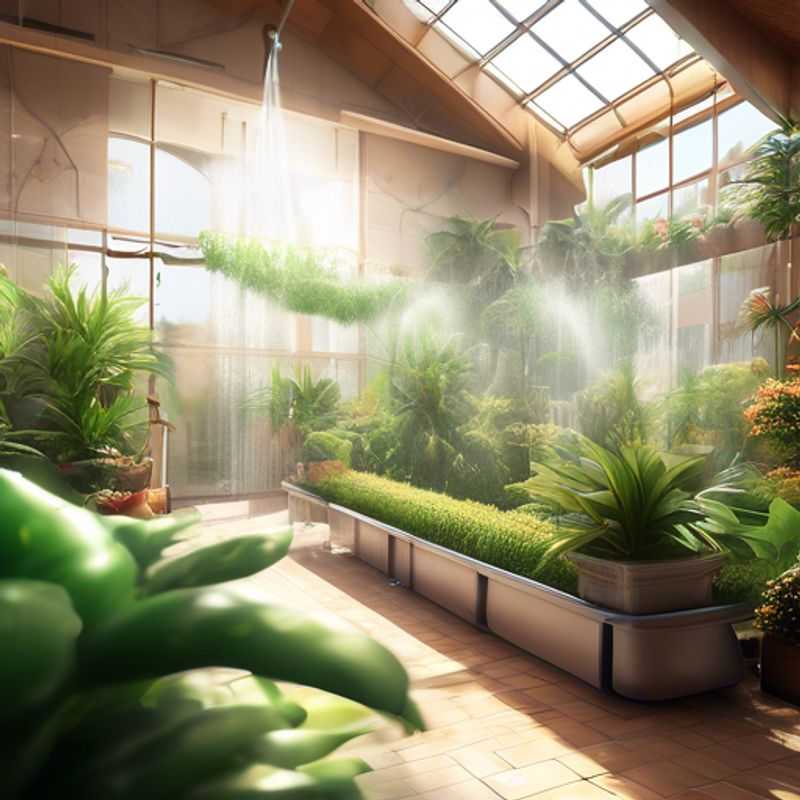
Powering Up Your Project: Choosing the Right Power Source and Installation
Before you get too far into your workflow product setup, take a moment to think about power. It's like the engine that makes your whole system hum. You need to know if your product needs a standard wall outlet, a special power adapter, or maybe even a whole dedicated circuit.
Installation is also important. Will your product be a standalone unit or will it need to connect to your existing infrastructure? Do you need special mounting hardware or cabling? These factors can affect the overall cost and complexity of the project.
To figure all this out, it's wise to consider the following:
Power requirements: What's the voltage, current, and frequency your workflow product needs? A quick peek at the product documentation will give you the answers.
Power source: Is it a standard wall outlet, a dedicated circuit, or something else? If it's not a standard outlet, you might need a qualified electrician to help.
Installation requirements: Will your product be mounted, free-standing, or require special connections? This impacts the overall installation complexity.
Keep these things in mind, and you'll be on the right track to setting up your workflow product for success!
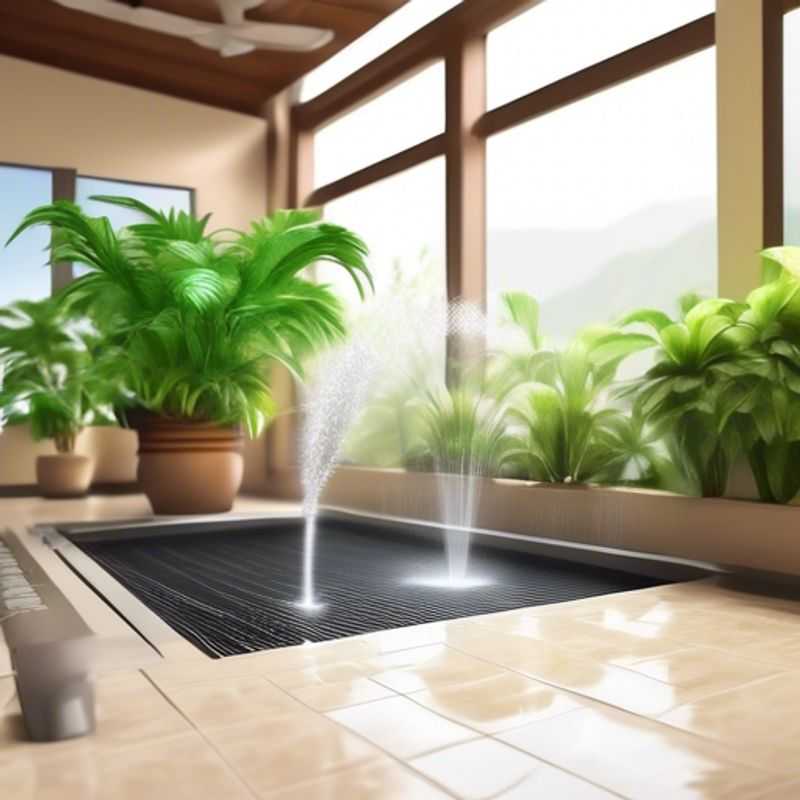
Watering Wisdom: Choosing Systems with Adjustable Schedules and Volumes
An adjustable watering schedule is a key feature of smart irrigation systems. These systems allow you to customize the amount of water your plants receive based on their needs. For example, you can set the system to water deeply once a week, or to water lightly several times a week. You can also adjust the watering volume, meaning you can control how much water is delivered to your plants during each watering event. This is important because different plants have different water requirements.
There are several benefits to using a system with adjustable watering schedules and volumes. For one, it helps to prevent overwatering. Overwatering can lead to root rot and other plant diseases. Overwatering can also waste water and money. Secondly, an adjustable system helps to ensure that your plants are getting the right amount of water. This can lead to healthier, more vigorous plants. Lastly, these systems can help to conserve water, which is especially important in areas with water restrictions.
When choosing an irrigation system, look for one that allows you to adjust the watering schedule and volume. Many systems offer a variety of settings to choose from. Some systems also allow you to program different watering schedules for different areas of your yard. When you’re creating your watering schedule, be sure to factor in the following:
- The type of plants you have.
- The weather conditions.
- The amount of sunlight your plants receive.
- The soil type.
You can also consider using a soil moisture sensor to help you determine how much water your plants need. These sensors are available at most home improvement stores. By taking these factors into consideration, you can ensure that your plants are getting the right amount of water.
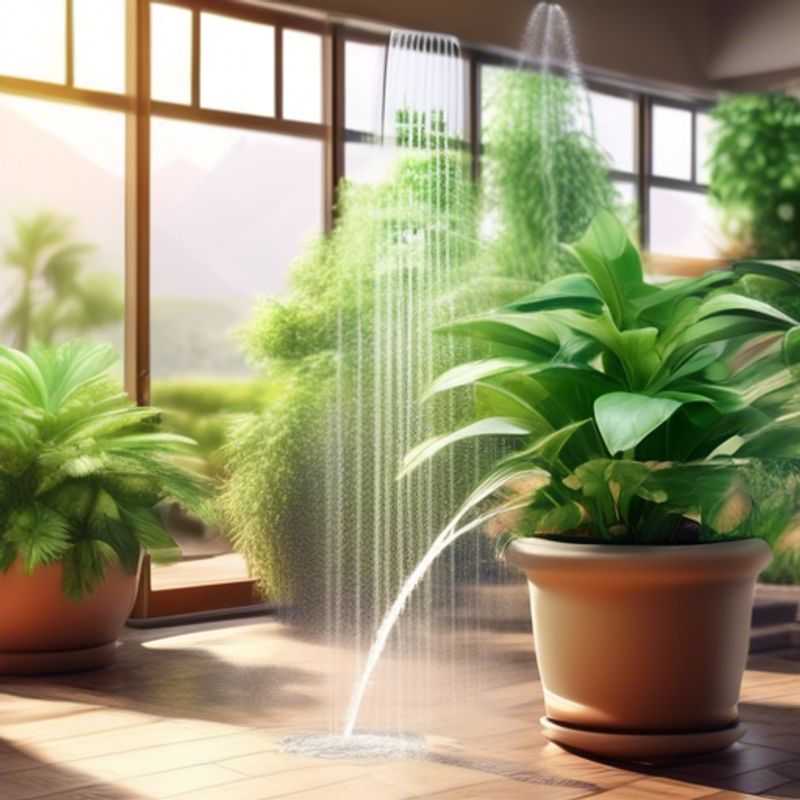
Matching Your Indoor Plant Needs: System Compatibility Guide
Before you dive into the world of indoor plant automation, it's crucial to ensure your system is compatible with your plant types. This compatibility is essential for optimal growth and healthy plants.
Consider the following factors when choosing an indoor plant automation system:
Light: Different plants need different levels of light. Some systems offer adjustable light intensities and durations, while others may have fixed settings. Choose a system that can provide the appropriate light spectrum and intensity for your plants.
Water: Plants have varying watering requirements. Some systems use sensors to determine when your plants need water, while others have fixed schedules. Ensure the system's watering method aligns with your plant's needs. Overwatering can be just as harmful as underwatering.
Temperature and Humidity: Climate plays a crucial role in plant health. Choose a system that offers temperature and humidity control, especially if your home's environment doesn't naturally meet your plants' requirements.
Plant Type: Certain plant types, like succulents, are more tolerant of neglect than others. If you have demanding plants, a system with more precise controls and adjustments might be necessary.
By carefully considering these factors, you can choose a system that caters to your plant's specific needs and helps them thrive. Remember, researching your plant's requirements and comparing system features will ensure compatibility and success.
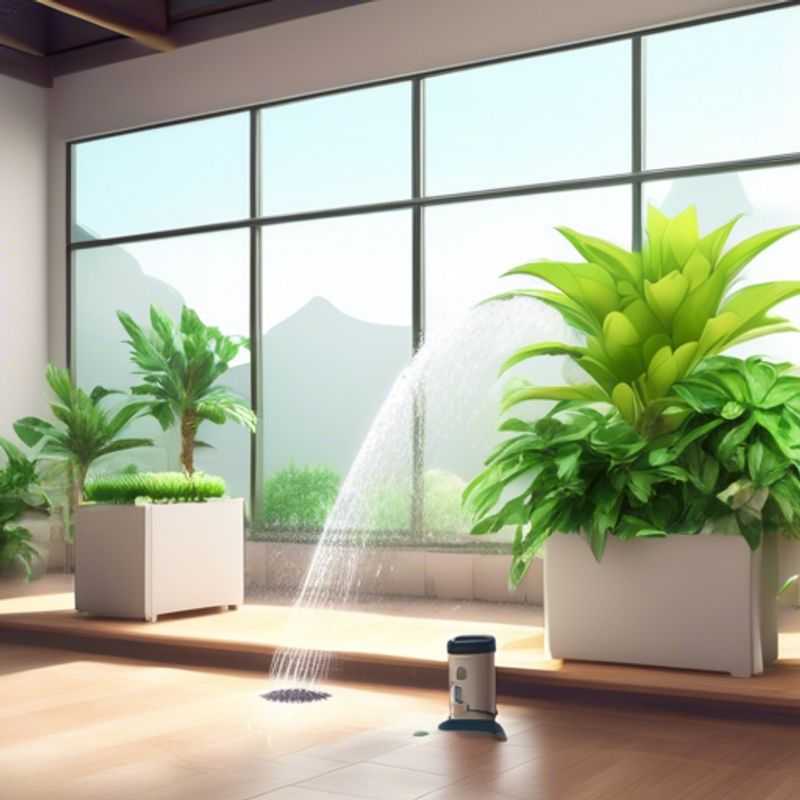
Smart Appliances: Look for Moisture Sensors and Automatic Shut-Off
Moisture sensors and automatic shut-off features are becoming increasingly popular in various appliances and systems, particularly in those related to water usage. These features can significantly enhance safety, efficiency, and reduce potential water damage.
Moisture sensors detect the presence of moisture or water in a specific area. They typically work by using electrical conductivity or capacitance to sense the presence of water. When a sensor detects moisture, it triggers an action, such as shutting off the water supply or sending an alert.
Automatic shut-off features are designed to stop the flow of water or electricity when they detect certain conditions. In water-related applications, these features can prevent flooding or leaks by automatically shutting off the water supply when a leak or overflow is detected.
These features can be found in a wide range of products, including:
- Washing machines
- Dishwashers
- Water heaters
- Humidifiers
- Irrigation systems
- Sprinkler systems
- Water fountains
When considering products with moisture sensors and automatic shut-off features, it's essential to choose reputable brands that offer reliable and tested technology. Look for features like:
- Multiple sensor locations for increased accuracy
- Leak detection capabilities, not just moisture detection
- Automatic shut-off valves that are tested and certified
- User-friendly interface for easy monitoring and control
- Warranty and support from the manufacturer
These features can be costly to implement, but they can significantly reduce the risk of water damage, leading to savings on repairs and potential insurance claims.
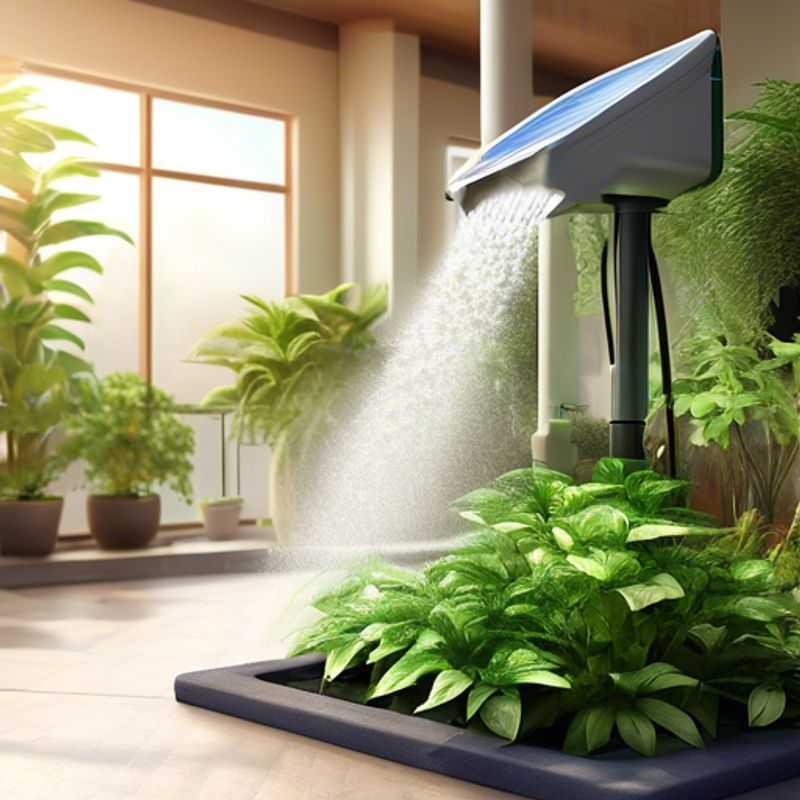
Keep Your System Running Smoothly: A Guide to Maintenance and Cleaning
Regular system maintenance is crucial for optimal performance and longevity. It involves a combination of cleaning, optimization, and security updates. Here's a concise guide to help you keep your system running smoothly:
1. Disk Cleanup and Optimization: Regularly remove temporary files, browser cache, and unused programs to free up disk space. You can utilize built-in tools like Disk Cleanup (Windows) or Disk Utility (Mac). Consider using a disk defragmentation tool to optimize file storage and improve access speed.
2. Software Updates: Install the latest updates for your operating system and applications. These updates often contain bug fixes, security patches, and performance enhancements. Keeping your software up-to-date is essential for maintaining a secure and efficient system.
3. Antivirus and Malware Protection: Protect your system against viruses and malware by installing and regularly updating a reputable antivirus program. Additionally, practice safe browsing habits by avoiding suspicious websites and downloading files from unknown sources.
4. Registry Cleaning: The registry is a database that stores system settings and configurations. Over time, it can become cluttered and affect performance. Consider using a registry cleaner to remove unnecessary entries and optimize the registry. However, use reputable cleaners and proceed with caution as registry modifications can be risky.
5. System Monitoring: Utilize system monitoring tools to keep track of resource usage, identify bottlenecks, and detect any unusual activity. This allows you to proactively address performance issues and potentially diagnose any malware infections.
6. Backup and Recovery: Regularly back up your important data to protect against data loss due to hardware failure, accidental deletion, or malware attacks. Consider cloud storage options or external hard drives for backups. Learn how to restore your system from a backup in case of a major issue.
Remember that system maintenance is an ongoing process. Implementing these practices regularly can significantly improve your system's performance, security, and overall lifespan.
